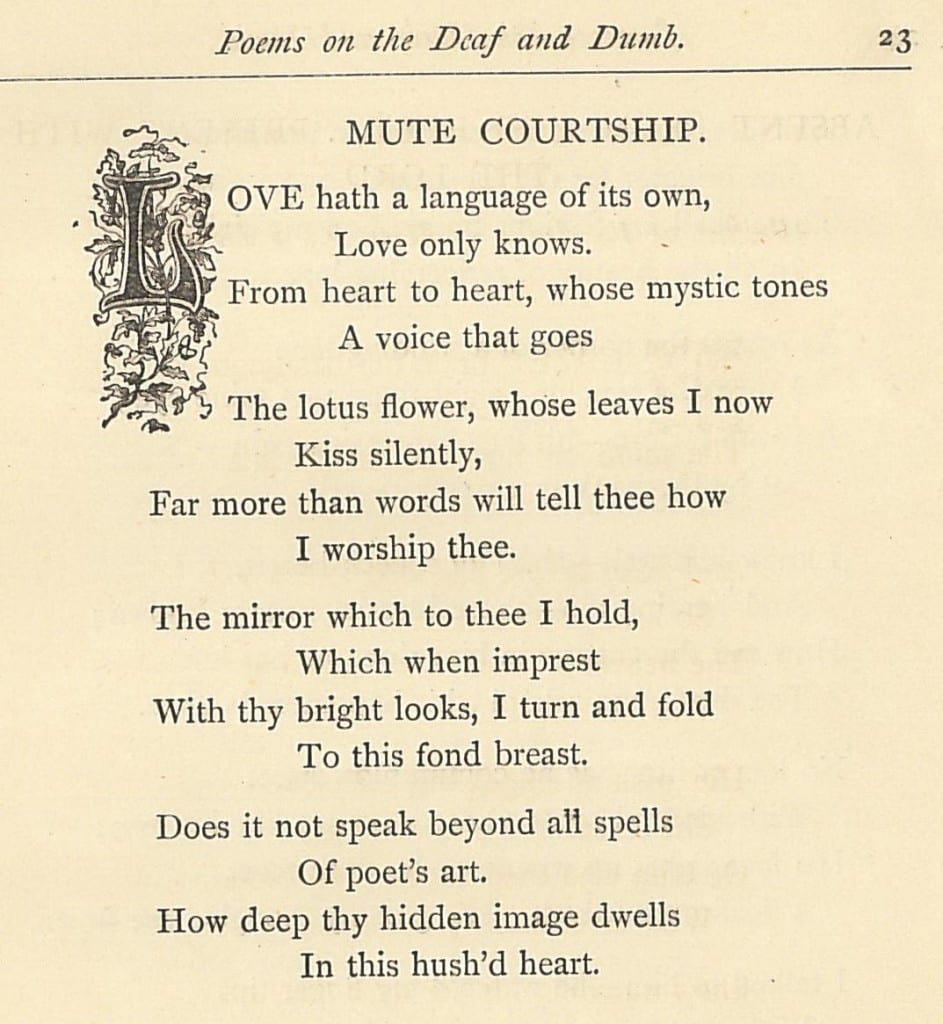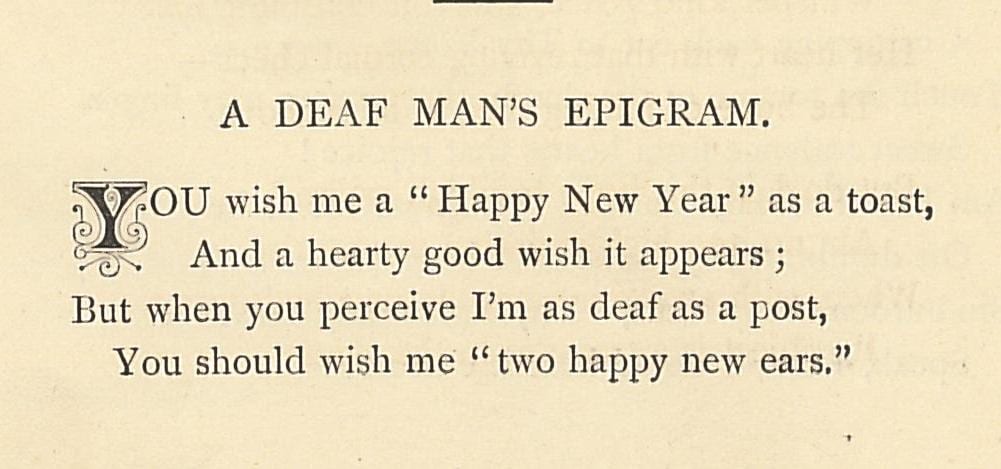An American Periodical, The National Deaf Mute Gazette, 1867-8
By H Dominic W Stiles, on 9 September 2016
The National Deaf Mute Gazette was published in Boston, with the first volume in January, 1867. We have two volumes in the library. It was edited by William Martin Chamberlain, with offices in 221 Washington Street. He was a remarkable Deaf man, who lost his hearing from measles, aged 5 or eight (Braddock, p.11 and for what follows). Born on the 13th of July, 1832, in South Reading, Massachusetts, he spent some years as a fisherman in Marblehead, then tried various trades including that of a printer, which obviously stood him in good stead for producing newspapers. His lipreading skills were such that he bluffed his way into the Union Army in the Civil War, but was dismissed when he failed to answer a sentry. He was fortunate not to be shot as happened to other deaf people in the two world wars. It shows us what a good deal of gumption he had! He ran The Marblehead Messenger for a while, then a couple of issues of a comic magazine, before that failed (ibid).
The National Deaf Mute Gazette is beautifully produced, on good quality paper. It contains stories about deaf people, farming tips, foreign deaf news, and so on. It followed on from Gallaudet Guide and Deaf-Mute’s Companion, but it folded in 1868, and was succeeded by The Deaf-Mute’s Friend. He was nothing if not persistent and determined. Chamberlain was not the owner however, and as early as October, 1867, “Packard & Holmes” are described as editors and proprietors, with Philo W. Packard as editor and proprietor by February 1868 (out copy lacks issue 13, January 1868). Guilbert Braddock says, “These three early ventures started the graveyard of silent periodicals, which has now attained a considerable acreage.” The same could be said of newspapers on this side of the Atlantic. 
After this venture he became an ‘instructor’ at the New York Institution for the Deaf in 1875, dying in 1895 (ibid, p.12).
It looks worth a little study, and I have found no article considering it other than in passing – though that was only after a brief search. Articles and obituaries are always of great interest for genealogical research as well, and there are some here.
Click on images for a larger size.
Braddock, Guilbert, Notable Deaf Persons. 1975
Lane, H, Pillard, R.C., & French, Mary, Origins of the American Deaf-World: Assimilating and Differentiating Societies and Their Relation to Genetic patterning. In, Emmorey, K, & Lane, Harlan, eds. The signs of language revisited : an anthology to honor Ursula Bellugi and Edward Klima, 2000
http://libguides.gallaudet.edu/content.php?pid=352126&sid=2881906
 Close
Close
























